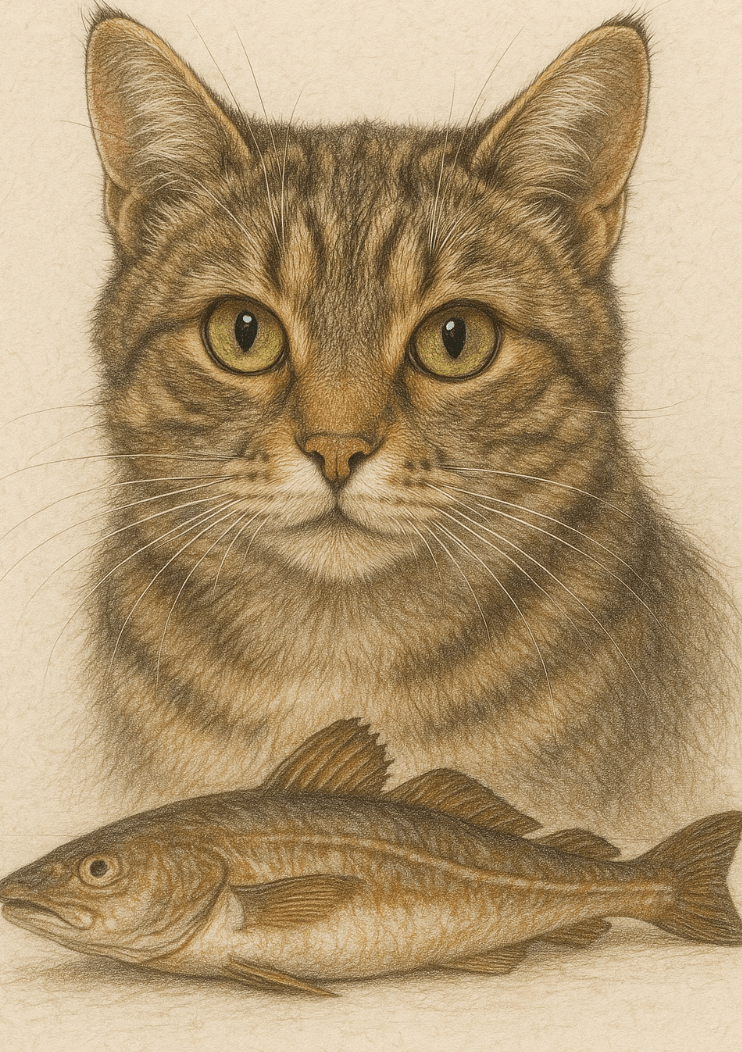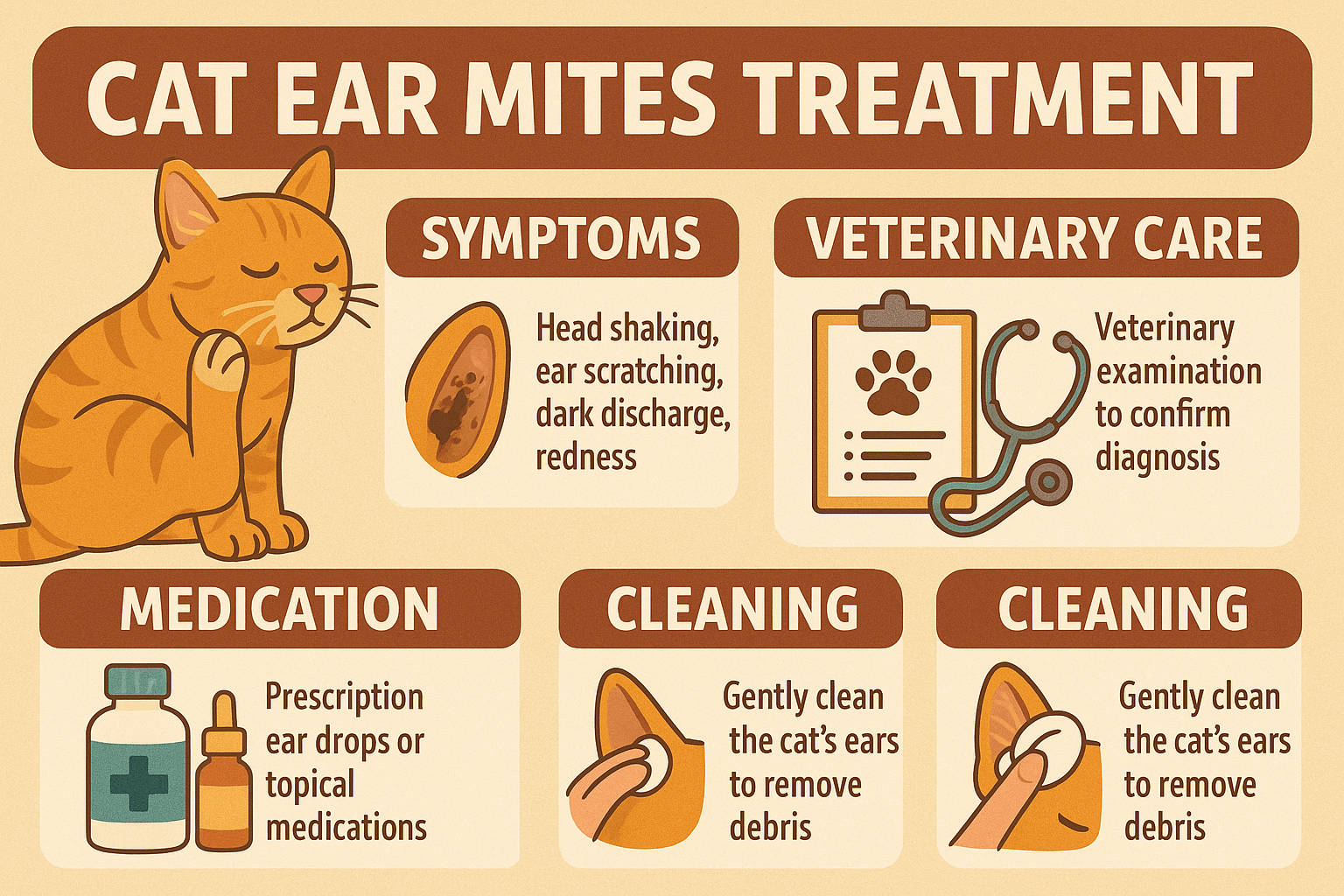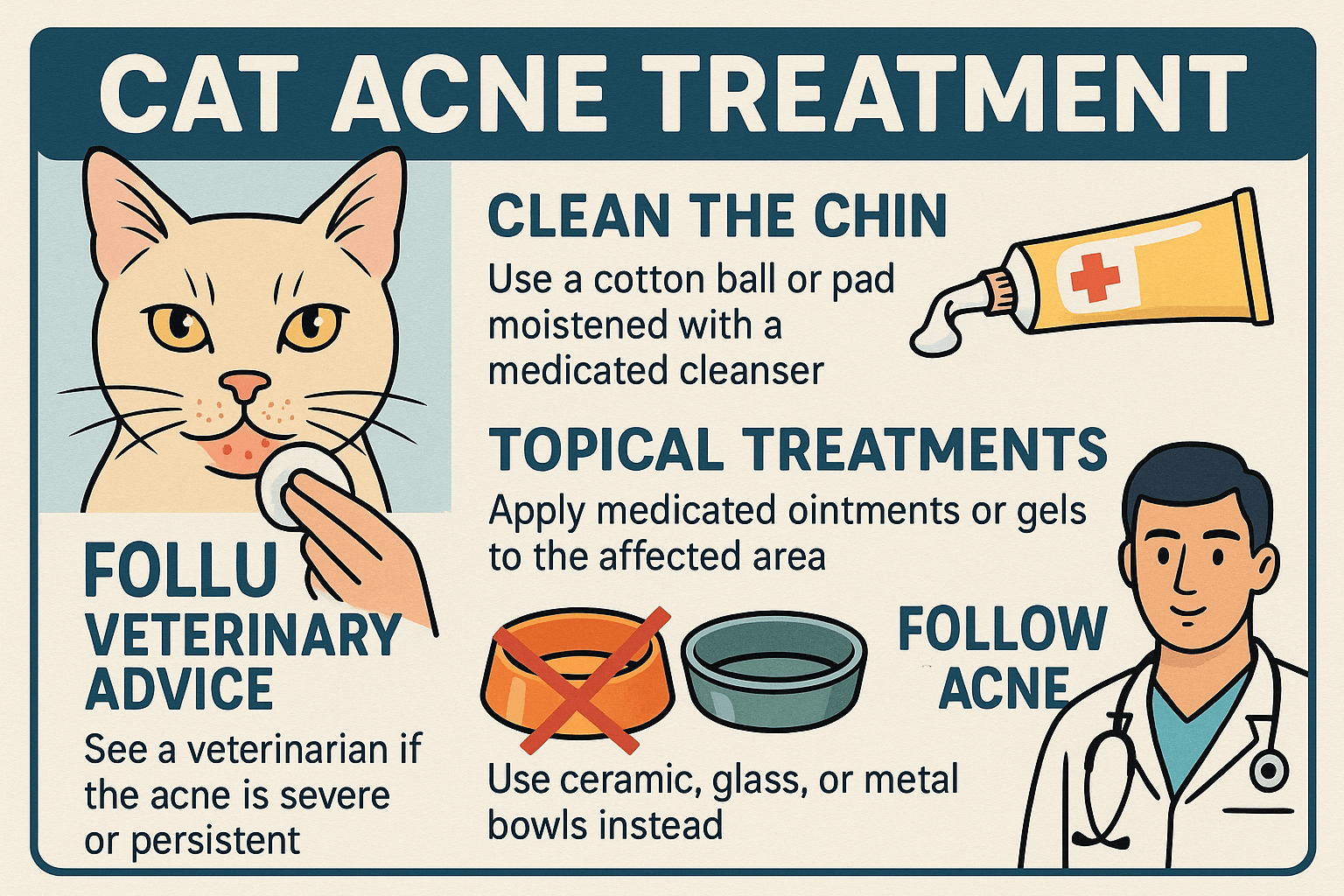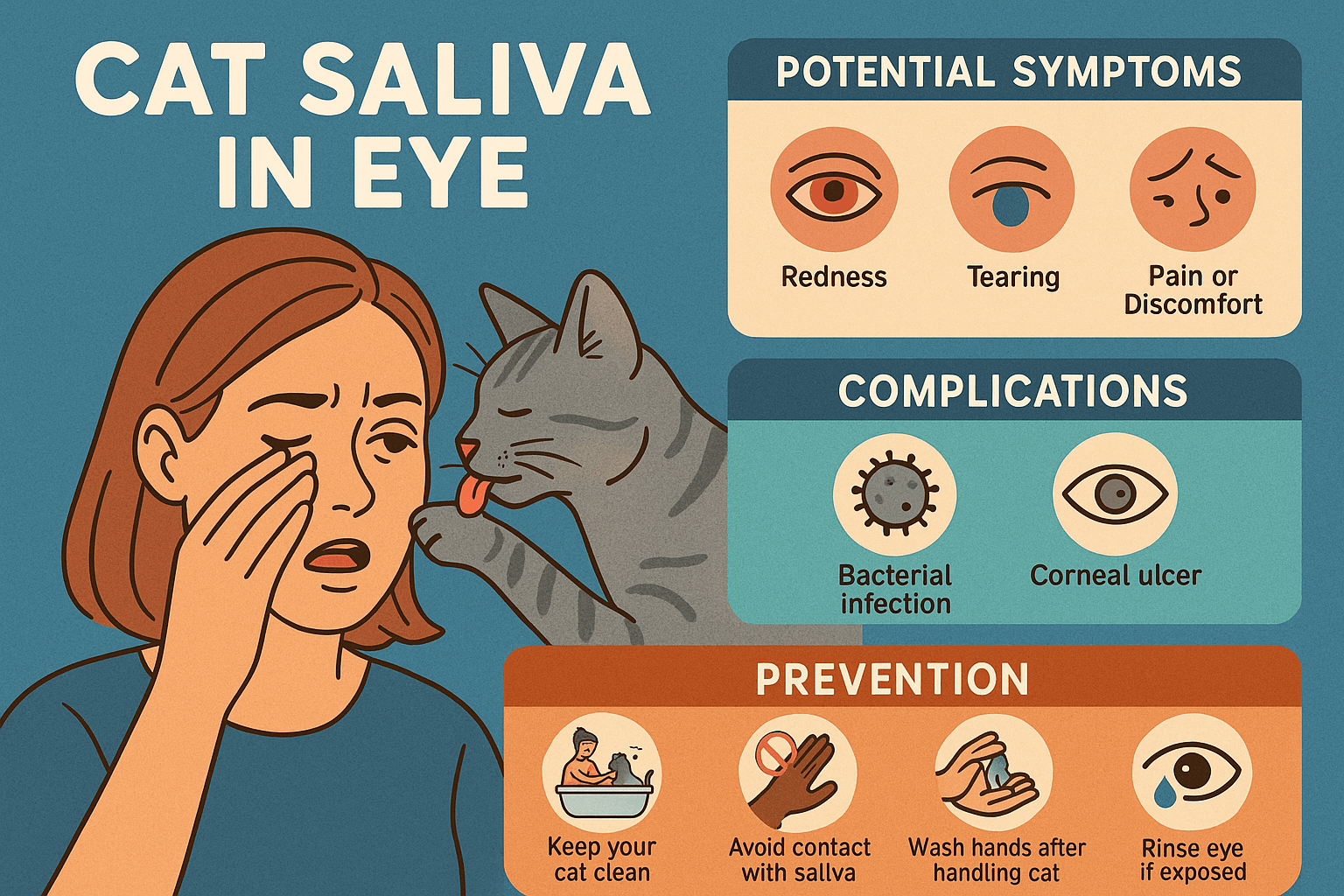Can Cats Eat Haddock? A Comprehensive Guide for Pet Owners
When it comes to feeding your feline friend, you may wonder if haddock—a popular type of white fish—is a safe and nutritious option. Cats are obligate carnivores, meaning their diet primarily consists of animal-based proteins, making fish an appealing choice for many pet owners. However, not all fish are created equal, and some can pose risks to your cat’s health if not prepared or served correctly. In this blog post, we’ll explore whether cats can eat haddock, the potential benefits and risks, and how to incorporate it into their diet safely. By the end, you’ll have all the information you need to make informed decisions about feeding haddock to your beloved pet.
Benefits of Feeding Haddock to Cats
Haddock can be a healthy addition to your cat’s diet when prepared properly. This mild, low-fat fish offers several nutritional advantages that align with your cat’s dietary needs.
High-Quality Protein:
Haddock is rich in protein, which is essential for maintaining muscle mass and supporting overall health in cats.Low in Fat:
Compared to other types of fish, haddock contains minimal fat, making it a lighter option for cats prone to weight gain.Rich in Omega-3 Fatty Acids:
Omega-3s found in haddock can promote healthy skin, a shiny coat, and reduced inflammation in cats.Low Mercury Content:
Haddock typically has lower mercury levels than larger fish like tuna, reducing the risk of toxicity over time.Hydration Support:
When served moist or slightly watered down, haddock can help keep your cat hydrated, especially if they don’t drink enough water.
While haddock offers these benefits, moderation and preparation are key to ensuring it remains a safe treat for your cat.
Potential Risks of Feeding Haddock to Cats
Although haddock can be a nutritious option, there are certain risks associated with feeding it to your cat. Being aware of these dangers will help you avoid complications.
Bones Can Be Hazardous:
Small fish bones in haddock may splinter and cause choking or internal injuries if swallowed. Always remove bones before serving.Seasonings and Additives:
Salt, spices, or sauces added during cooking can upset your cat’s stomach or lead to sodium poisoning. Serve plain, unseasoned haddock only.Allergic Reactions:
Some cats may develop allergies or sensitivities to fish, resulting in vomiting, diarrhea, or skin irritation. Monitor your cat closely after introducing haddock.Overfeeding Fish:
Feeding too much fish, including haddock, can lead to nutrient imbalances or deficiencies in essential vitamins like thiamine.Parasites or Bacteria:
Raw or undercooked haddock may contain harmful parasites or bacteria, posing a risk to your cat’s health. Always cook the fish thoroughly.
Understanding these risks ensures you can feed haddock safely while minimizing potential harm.
Check this guide 👉Can Cats Eat Duck Feet? Best 7 Expert Tips!
Check this guide 👉Can Cats Eat Croutons? Best 7 Expert Tips!
Check this guide 👉Can Cats Eat Truffles? Best 7 Expert Tips!

Safe Ways to Feed Haddock to Cats | Risks to Avoid When Feeding Haddock |
|---|---|
Plain, cooked haddock (no seasoning) | Adding salt, garlic, or onions |
Boneless fillets only | Serving raw or undercooked fish |
Small portions as an occasional treat | Overfeeding fish regularly |
Thoroughly cooked to kill bacteria | Ignoring signs of food allergies |
Mixed with regular cat food | Giving large chunks that could choke |
How to Safely Prepare Haddock for Your Cat
Preparing haddock correctly is crucial to ensure it’s safe and enjoyable for your cat. Follow these steps to minimize risks and maximize benefits.
Choose Fresh, High-Quality Haddock:
Opt for fresh or frozen haddock from reputable sources to reduce the risk of contaminants.Remove All Bones:
Carefully inspect and debone the fish to prevent choking hazards or injuries from sharp fragments.Cook Without Seasoning:
Bake, steam, or boil the haddock without adding salt, oil, or spices to keep it safe for your cat.Cut Into Bite-Sized Pieces:
Serve small, manageable pieces to make it easier for your cat to eat and digest.Introduce Gradually:
Start with a tiny portion to observe how your cat reacts before incorporating it more frequently.
By following these guidelines, you can turn haddock into a safe and nutritious treat for your feline companion.
Signs Your Cat May Not Tolerate Haddock
Even if haddock is generally safe, some cats may experience adverse reactions. Recognizing these signs early allows you to address any issues promptly.
Vomiting or Diarrhea:
These symptoms may indicate digestive upset or an intolerance to haddock.Excessive Drooling:
Drooling can signal nausea or discomfort caused by something in the fish.Lethargy or Weakness:
If your cat seems unusually tired or uninterested in activities, it could point to a negative reaction.Itchy Skin or Hair Loss:
Food allergies often manifest as skin irritations or excessive grooming leading to hair loss.Loss of Appetite:
Refusal to eat or disinterest in meals might suggest your cat doesn’t enjoy or tolerate haddock.
If you notice any of these signs, stop feeding haddock immediately and consult your veterinarian.
Common Mistakes to Avoid When Feeding Haddock
Feeding haddock to your cat requires careful consideration to avoid mistakes that could endanger their health. Here are some pitfalls to steer clear of.
Using Leftovers with Seasoning:
Human meals often include harmful ingredients like garlic or butter, which can upset your cat’s stomach.Serving Large Portions:
Too much haddock at once can overwhelm your cat’s digestive system and lead to nutrient imbalances.Ignoring Cooking Instructions:
Undercooked haddock may harbor bacteria or parasites, posing serious health risks.Forgetting to Remove Bones:
Even small bones can cause choking or internal damage if ingested by your cat.Making It a Daily Treat:
Regularly feeding haddock can lead to deficiencies in essential nutrients found in their regular diet.
Avoiding these mistakes ensures a safer and healthier experience for your cat.
Alternative Fish Options for Cats
If haddock isn’t available or suitable for your cat, there are other fish options that provide similar benefits. Consider these alternatives for variety and nutrition.
Salmon:
Rich in omega-3s, salmon supports joint health and promotes a shiny coat.Cod:
Low in fat and mercury, cod is another safe and nutritious choice for cats.Tilapia:
Mild-flavored tilapia is easy to digest and provides lean protein.Sardines (in Water):
Packed with omega-3s and calcium, sardines are a nutrient-dense option when served in moderation.Whitefish Varieties:
Other whitefish like pollock or halibut share similar qualities with haddock and are equally safe.
These alternatives allow you to diversify your cat’s diet while meeting their nutritional needs.
Tips for Introducing New Foods to Your Cat
Introducing new foods like haddock requires patience and observation to ensure your cat tolerates them well. Here are some tips to make the process smoother.
Start with Tiny Portions:
Begin with a small piece to gauge your cat’s interest and monitor for any adverse reactions.Mix with Familiar Food:
Combine haddock with your cat’s regular food to ease the transition and encourage acceptance.Observe for 24 Hours:
Watch for signs of digestive upset, allergies, or behavioral changes within a day of introducing the new food.Maintain a Balanced Diet:
Ensure haddock remains a supplement rather than replacing essential nutrients from commercial cat food.Consult Your Veterinarian:
If unsure about dietary changes, seek professional advice to tailor recommendations to your cat’s specific needs.
By taking these steps, you can successfully introduce haddock or other new foods while prioritizing your cat’s health.
Frequently Asked Questions About Cats Eating Haddock
Can kittens eat haddock?
Yes, but only in small amounts and after ensuring it’s boneless and fully cooked. Kittens have sensitive digestive systems, so introduce new foods cautiously.
How often can I feed my cat haddock?
Limit haddock to once or twice a week as an occasional treat, not a staple food.
Is raw haddock safe for cats?
No, raw haddock can contain harmful bacteria or parasites. Always cook it thoroughly before serving.
What should I do if my cat eats a bone?
Monitor your cat closely for signs of choking or discomfort, and contact your vet if you suspect ingestion of a bone fragment.
Are there alternatives to haddock for cats?
Yes, other low-mercury fish like salmon or cod can also be safe options when prepared similarly.
Feeding Haddock to Your Cat: A Balanced Approach
Haddock can be a nutritious and tasty addition to your cat’s diet when served responsibly. Its high protein content, omega-3 fatty acids, and low fat make it a great occasional treat, provided you prepare it safely and watch for any adverse reactions. By understanding the benefits and risks, you can confidently incorporate haddock into your cat’s menu without compromising their health. Remember, moderation and proper preparation are key—always prioritize your cat’s well-being and consult your veterinarian if you’re unsure about introducing new foods. With care and attention, you can give your furry friend a delicious and wholesome snack they’ll love!
Lorem ipsum dolor sit amet, consectetur adipiscing elit. Ut elit tellus, luctus nec ullamcorper mattis, pulvinar dapibus leo.
Cat Ear Mites Treatment: Best 7 Expert Tips! Discover effective solutions to treat and prevent ear mites in cats, ensuring your pet's comfort and health with expert advice.
Cat Acne Treatment: Best 7 Expert Tips! Discover effective remedies, prevention strategies, and expert advice to treat and manage feline acne for a healthier, happier cat.
Cat Saliva in Eye: Best 7 Expert Tips! Learn how to handle cat saliva exposure, prevent infections, and ensure eye health with expert advice on safety and quick remedies.




